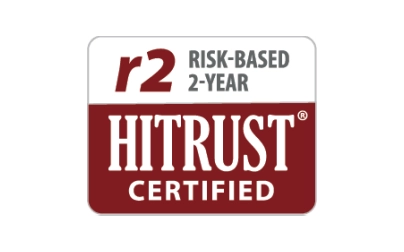The term “healthcare concierge services” can be confusing in today’s healthcare landscape and often means different things to different people.
One definition of the term is a fee-based model of care where patients purchase a la carte services directly from providers. Another—the definition of what Carenet Health offers to health plans—stands for personalized, one-on-one assistance to consumers navigating the healthcare system.
Let’s dig in to each of these to provide a clear picture of the difference.
What are Fee-for-Care Concierge Services
Fee-for-care concierge services are also called concierge medicine or direct primary care. The goal of these types of services is to provide an alternative to health insurance. Medical providers directly charge their patients a flat fee (monthly, quarterly or annually) that pays for routine office visits, lab work and simple diagnostics. Patients receive no health plan assistance for those routine office needs. Patients do, however, often still need to carry health insurance to cover specialist visits, hospital services, prescriptions and catastrophic health events.
What are Hybrid Fee-for-Care Concierge Services
There is also a hybrid fee-for-care model in which a patient relies on Medicare or private insurance for routine care and a fee-for-care retainer covers specialized or value-added provider services. Examples of those concierge services might be customized wellness plans or house calls.
How Carenet Views Health Concierge Services
At Carenet, we’re focused on the other definition of health concierge services, which is used to describe part of a new movement in healthcare on the payer side.
It’s a solution that’s risen out of necessity due to an increasingly complex healthcare system. These types of concierge medical services are also called health advocacy and health navigation services, or at Carenet, “healthcare advocacy and navigation.”
A health plan or employer that chooses to offer these types of concierge services is attempting to help healthcare consumers get the most out of their health and wellness benefits, and make the fragmented and often-confusing business of healthcare simpler. The goal is for consumers to get what they need to live their healthiest lives, which is good for all … consumers, payers, providers and employers.
<<< Implementing a member advocacy program soon? Read our guide to finding a right-fit partner. >>>
Each health plan will typically customize their advocacy program, but some of the components might include: the assignment of a personal healthcare guide to each individual, holistic onboarding for new members, personalized and actionable health risk assessment engagement, hand-holding through program enrollment and physician selection, care coordination and follow-up support, tailored health coaching, treatment and medication adherence assistance, and on-demand clinical and cost decision support.
By providing this kind of trusted, one-on-one support, much like delivering concierge healthcare services to guests at a high-end hotel, plans can create exceptional experiences.
Health concierge-level advocacy, when done well, strengthens the critical partnership among employers, clinicians, members and health plans. And it empowers healthcare consumers to be an active participant in their own care.
As the industry continues to shift toward consumer-driven, value-oriented healthcare, health plans are going to have to rethink how they do business with both employer groups and consumers. To remain competitive, the most progressive plans will be adopting a customer-first mindset that elevates the overall healthcare experience while curbing costs for all stakeholders.
And that’s what our kind of healthcare concierge services are designed to do.
—
Learn more about health concierge services in our resource center.


